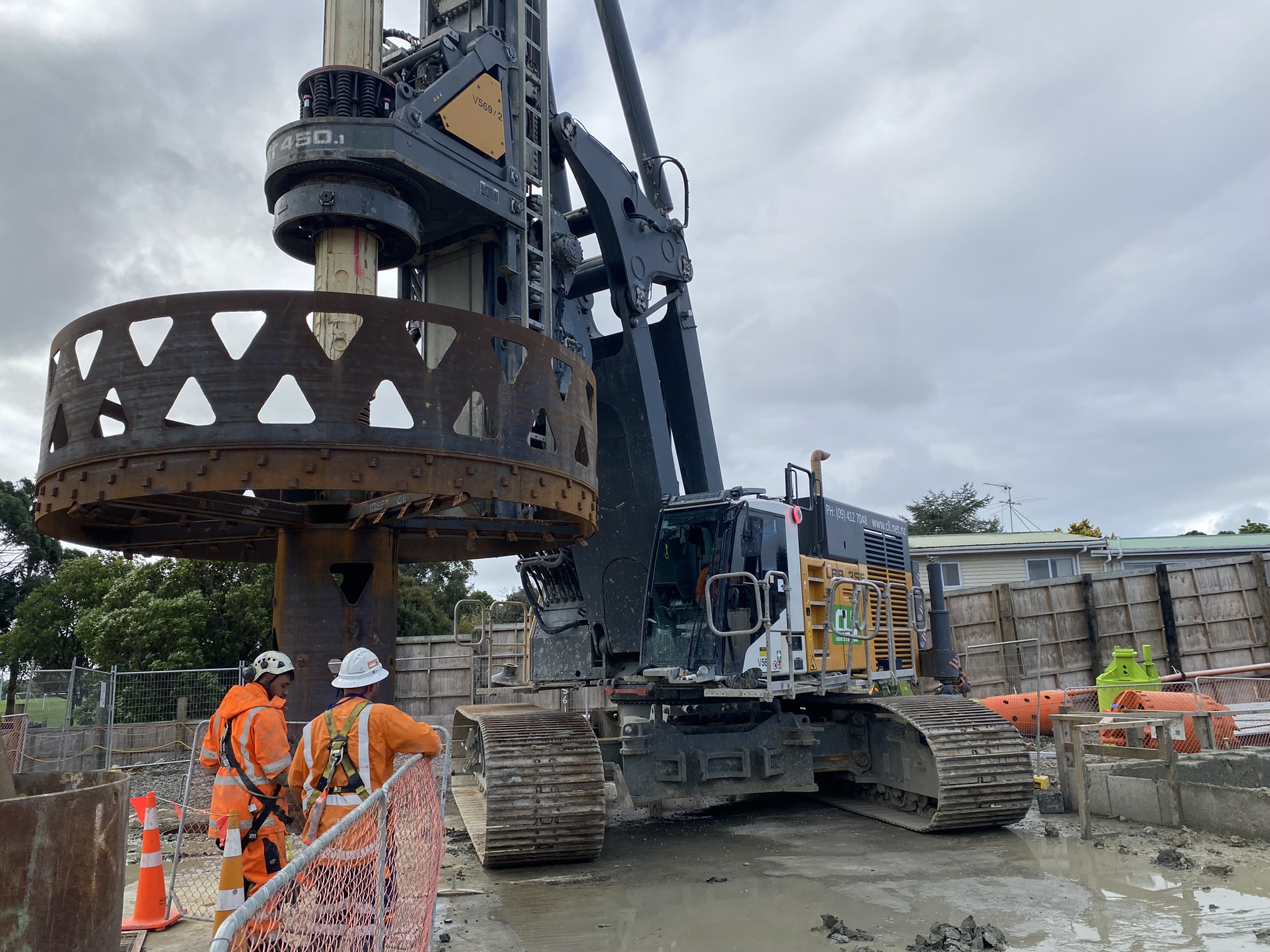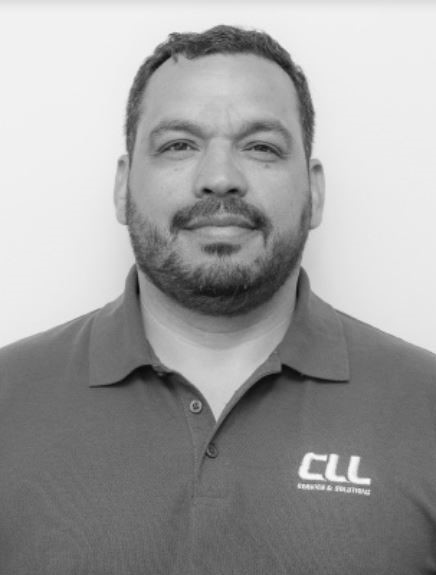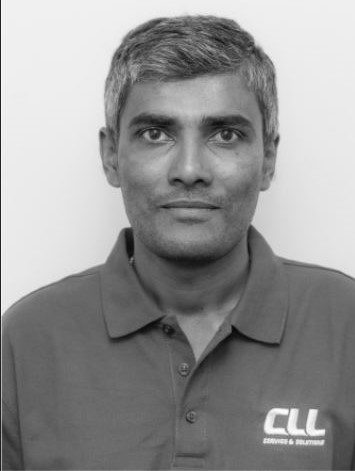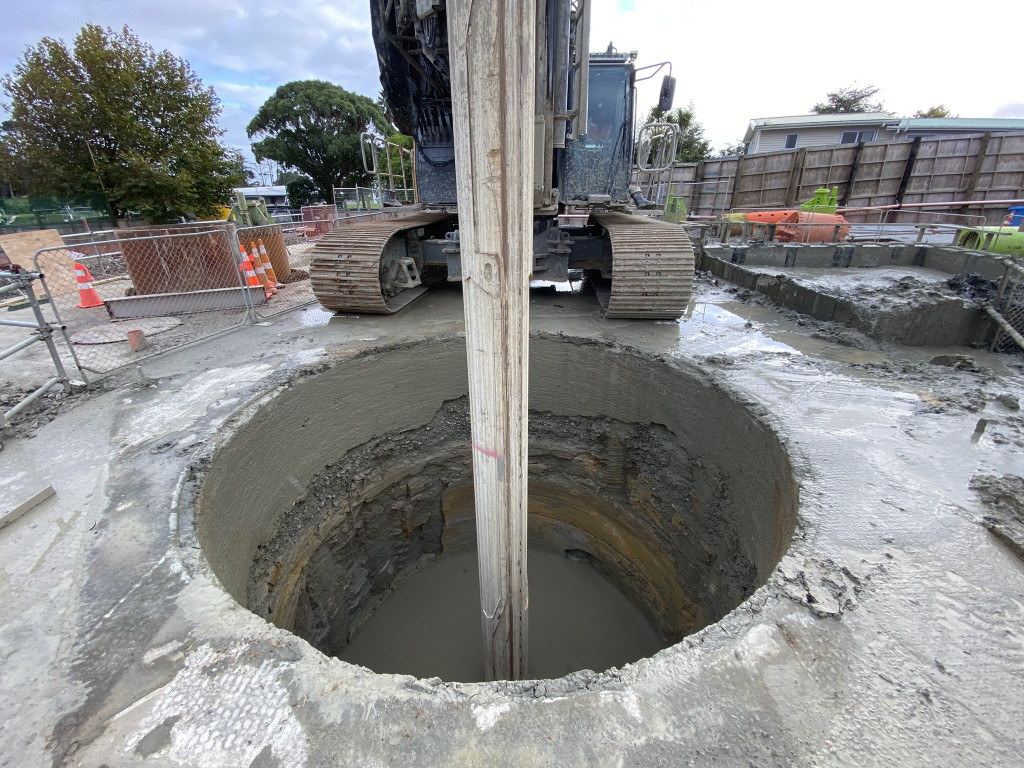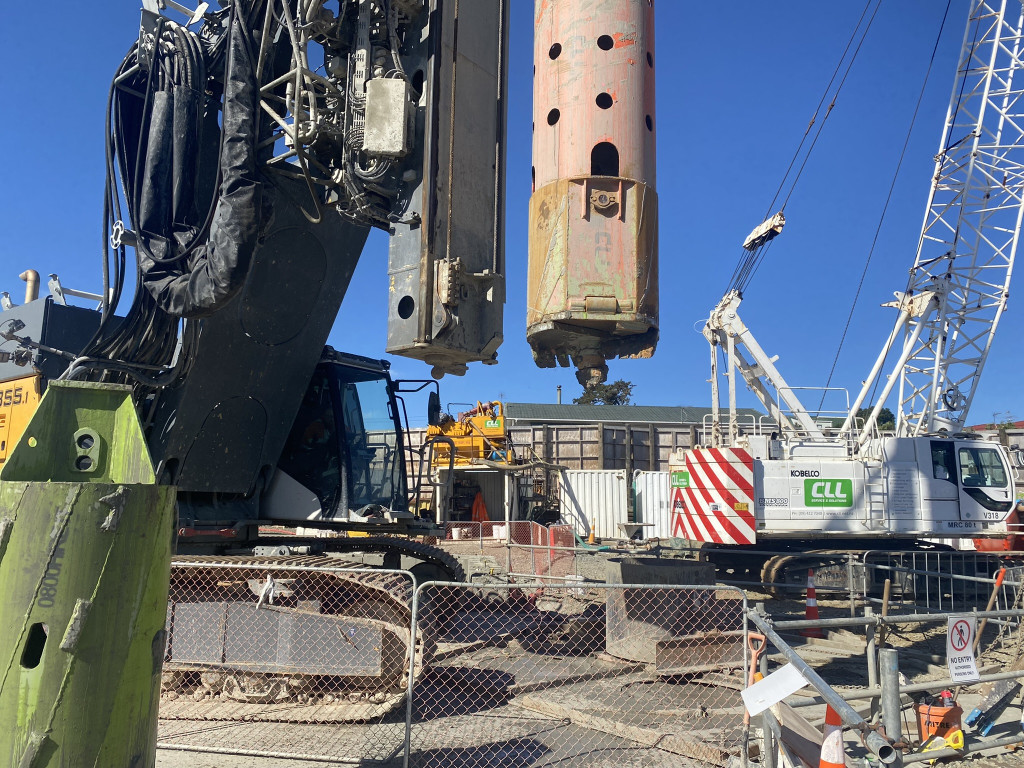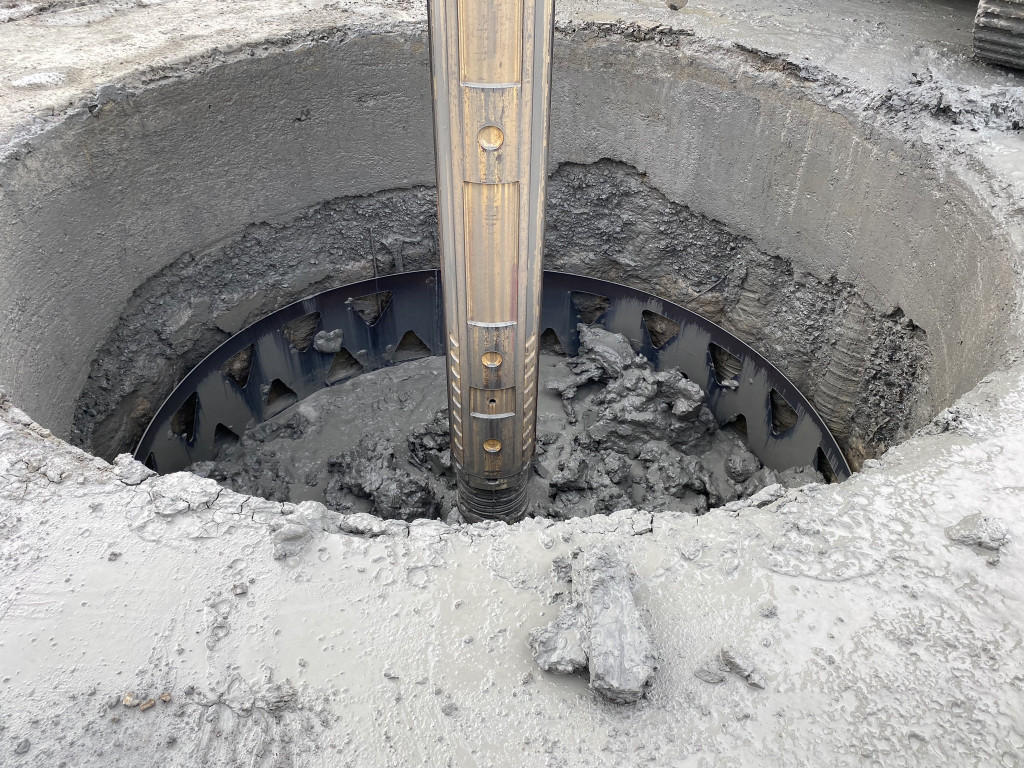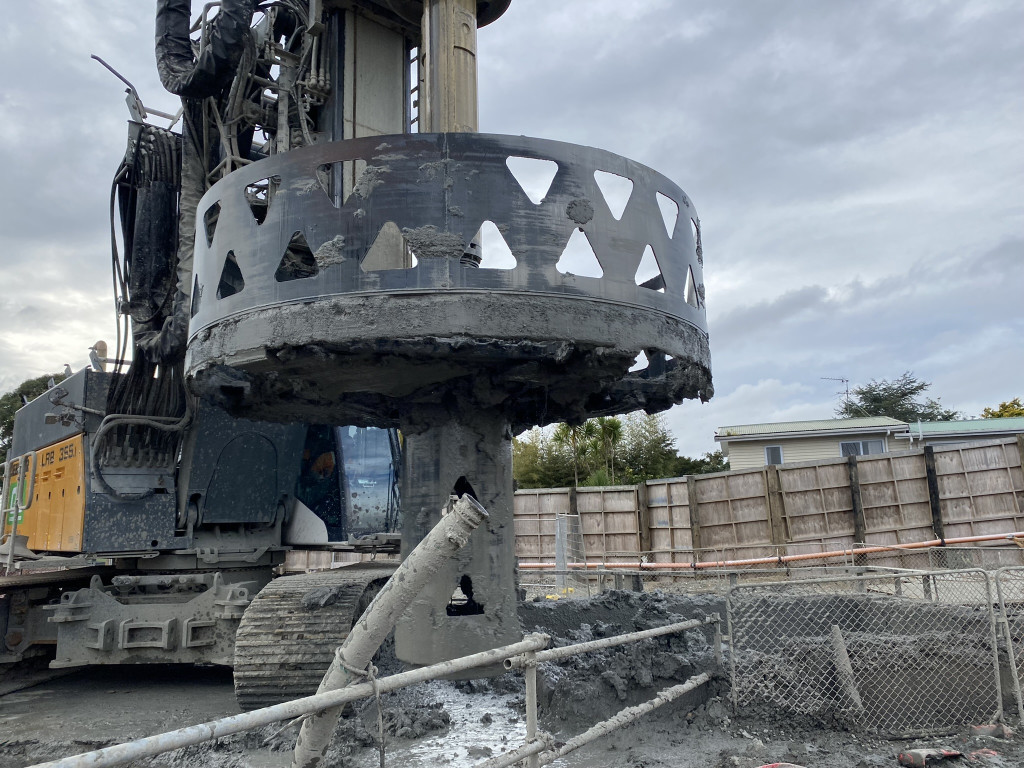By Juan Santacruz and Sivam Thivaharan
CLL Projects has constructed a 76m deep 4.2m diameter shaft for Watercare’s Central Interceptor (CI), which is unique in New Zealand for its depth and diameter. The CI project is being built by Ghella Abergeldie JV for client, Watercare, and consists of a 14.7km underground wastewater tunnel from Māngere Wastewater Treatment Plant to Grey Lynn, central Auckland. It includes 17 shafts and associated infrastructure. CLL Projects worked on the longest shaft for the CI project and the deviation tolerance is out of the ordinary with piling equipment being 1:75 vs a normal value of 1:200. The maximum admissible deviation from top to bottom was 380mm. The shaft was completed with a total 300mm deviation from origin, 80mm less than the total allowance.
The innovation element was the methodology development and the purpose-made tools to maintain the accuracy of the shaft as the excavation progressed. This shaft must intercept the tunnel trajectory running close to 80m below ground level.
To maintain the trajectory, CLL acquired equipment unique in NZ – namely a Shaft Area Profile Evaluator (SHAPE) which is a device that scans the shape of the shaft via sonar systems and operates in fluids. This device measures the distance from the centre of the shaft at 1 second intervals, generating a 3D image of the shaft while calculating its deviation from a theoretical centroid.
The drilling method was developed to maximise machine efficiency. A new load chart was developed by Liebherr for the machine performance. The shaft was drilled in three stages – pilot hole down to 78m, satellite shafts advancing progressively, and reaming to 4.2 m diameter. The reaming tool was manufactured to be light, aggressive and fully engaged with two guidance systems, an extended bottom to stay on the pilot hole and casing support to maintain the drilling trajectory.
The drilling tools and rig were fitted with state-of-the-art bluetooth technology by Jean Lutz systems to monitor deviation as the reamer progressed under fluid. The bentonite fluid used was a customised brew of low viscosity and rapid interrupted suspension so the heavy soils can go to the bottom of the shaft quickly for extraction while maintaining a filter cake that was the formation support.
In order to complete the shaft, the biggest rig in NZ was required – the LRB355 Liebherr multicarrier rig. This rig has a maximum line pull of 30 tons. This included an 18 ton and 80m 4 stage Kelly bar, 3 tons of rope and 5 tons on tooling leaving little room for spoil, fluid and drag. CLL developed unique tooling and methodology to maximise capacity and accuracy.
Deep vertical drilling is a new chapter for large sustainable drainage reticulation projects. The implementation of accurate deep drilling to intercept trenchless lines opens a door for cost reduction and program gains that haven’t been explored in NZ. CLL and its associates are now exploring the delivery of complete trenchless packages, minimising spoil disposal, removing unnecessary H&S risks of large open excavation and saving on temporary works, making projects cost efficient and by default increasing its viability.
The biggest barrier to adopting the sustainability innovation was that something like this shaft has never been completed by a local contractor before. Maintaining the shaft verticality as per design requirements was a big demand on the project. To comply with this requirement CLL contacted experts in Japan, Israel, Malaysia and the USA looking for monitoring devices and expert advice to finally implement and develop inhouse methodology tapping into our wealth of local knowledge.
There were quite a few risks on the project, each one of them was tackled differently, below, a few of the main risks the contractor needed to address:
- Design requirements with demanding tolerances – Implementation of new technologies and heavy investment on specific tooling.
- H&S risks around an open excavation – Implementation of robust protocols for approaching excavation and design of specific shaft cover for close monitoring.
- Shaft collapse – Design of customised fluid support and robust temporary works design
- Machine capacity – Development of customised lifting chart from equipment manufacturer and ongoing monitoring of tooling and weight.
- Programme – Maximise return time (drilling cycle) with guaranteed payload by tapping into greater torque with smaller tools.
The method is sound, the savings are substantial and, now that capability and methodology has been proved and tested, CCL are in discussions with a few representatives of the industry. There are redundant and under capacity drainage systems in NZ that can tap into solutions of this nature to become financially viable.
About CLL
CLL invests heavily on new equipment and state of the art technology opening new frontiers for piling, deep excavation and ground improvement. CLL now has a national presence with established offices in Auckland, Tauranga and Christchurch, this allows the company to operate on a country wide footprint that has been growing steadily over the last 25 years. New CLL technologies in the areas of drilling under fluid, deep shaft excavation, streamline CFA and ground improvement ensure a large client base, with complex construction.


